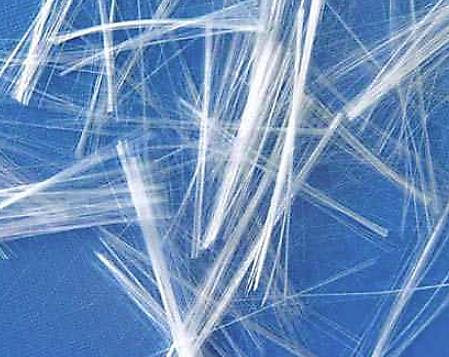APPLICATION NOTE: AN-009
Particle Shape Analysis of Long Glass Fibers
This article analyses some large, long glass fibers by applying some of the features and comparisons of the Pi Sentinel PRO. Running the glass fibers involves 34,000 particles and ends up with 32 different histograms. There are many different shape parameters of the Pi Sentinel PRO, including circular measures and rectangular measures, of which not all of them always apply.

Using the Pi Sentinel PRO for the analysis of Glass Fibers
For example, in the case of the glass fiber samples, assuming that particles are spherical is not going to give much information. Assuming particles are spherical may be acceptable if they’re round, but, if they are long like the glass fibers, Equivalent Circular Area (ECA) diameter would give incorrect measurements.
In these cases, it is necessary to use other measures. For example, in the case of the glass samples bounty rectangle aspect ratio and Feret aspect ratio, a microscopy type of caliper dimension, were used. These are more accurate for the fibers.
Using these measures obtains the aspect ratio of the particles, and through these a distribution of different widths and lengths of particles is formed.
Advantages of the Pi Sentinel PRO
It is always helpful with the Pi Sentinel PRO to look at the basic thumbnail images. The thumbnails are a view of every single particle analyzed and give a good general idea of the information. In this case, it is a general view of all 34,000 images, so it gives qualitative rather than quantitative information.
It would be very difficult to sort through all 34,000 particles but scrolling through the thumbnails shows whether there are any agglomerates or large contaminants easily.
For all these particles there are 30 different shape measures. This is a lot of information, so what is done with it and obtaining some quantifiable data is what gets the real value from the data.
For example, one feature is the correlation plot, the rare event detector. For example, comparing the aspect ratio with the length of the particles. The correlation for this is shown to be mostly linear – as the particles get longer, they get wider. They go up to about a length of about 50 microns and reach a width of about 30 microns. For this linear plot there are no rare events outside of the norm.
For more detail click on the link below:
https://www.youtube.com/watch?v=wRAn4r5BmDs
Any two shape measures can be compared. It is a good method of looking for rare events and identifying strange occurrences. Then the thumbnails can be examined to find an attributable cause.
Another very valuable tool for gaining quantifiable information is the particle classification feature. This allows you to look at sub-components of the population. For example, assume that there are two populations in this sample – some long, wide particles and some long, thin particles. After setting up the parameters on what is considered as long and wide, and long and thin, an individual analysis can be carried out for these groups.
There are different parameters that can be chosen in the particle classification feature to do any kind of sub-component analysis, a useful feature for extracting more information. It is useful to do a comparison of two different samples in what is called a multiple run summary.
If we had a size-only instrument, it is possible to do a size-only comparison. But again, this is not the best analysis method, because looking at ECA diameters only is not a good way of evaluating the differences. Better factors to analyze could be circularity, elliptical width or Feret width.
For example, when taking two different fiber samples, it was found that undertaking a Feret width comparison of particles showed that a first sample had slightly wider particles on a number-based distribution. For Feret length, the same fiber also had longer particles than the other. Overlay and aspect ratio can be used together to compare these two samples.
Conclusion
In conclusion, when using the Pi Sentinel PRO, looking at the thumbnails gives you a qualitative measurement, but then correlation plots, classification, overlays and Excel exports can help give more quantitative information.

